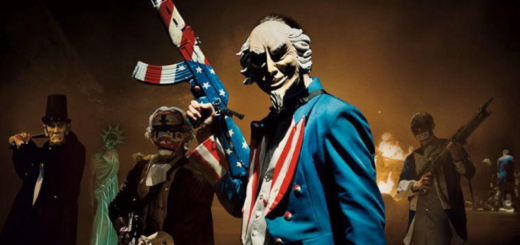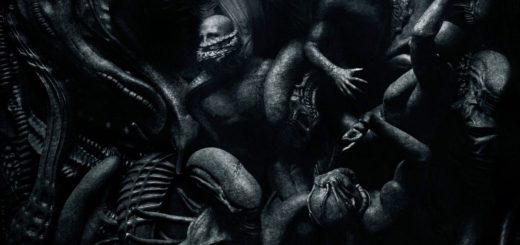DOCTOR STRANGE Review
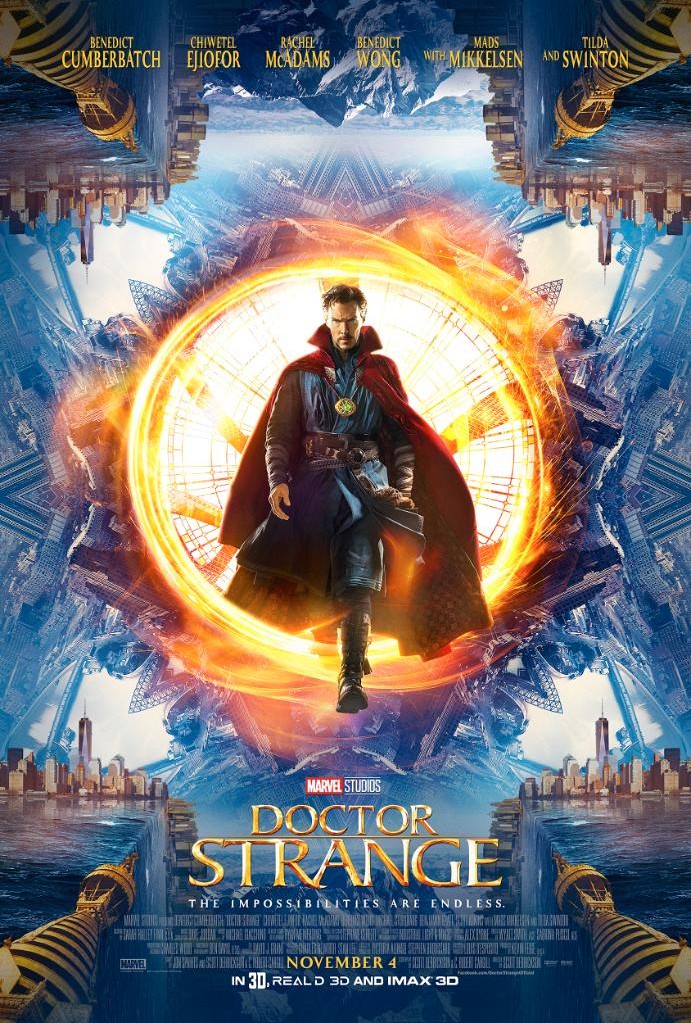
Now that I’ve had 2,700 words to express my concerns with the conceit of Marvel’s cinematic universe, I think I’m ready to tackle DOCTOR STRANGE. But on a meta-level, reviewing a Marvel film means making two clear distinctions: judging it solely as an independent property first, and as a small piece of a larger puzzle second. With Marvel’s latest outing, the comic titan has firmly cemented their position in the blockbuster mainstream, proving that even the most unknown hero can receive the full Marvel treatment, whatever that may be. And while DOCTOR STRANGE is yet another step forwards in terms of explosive spectacle, it distinguishes itself only in terms of its milieu, otherwise following suit with Marvel’s safe approach to rendering all of their properties formally interchangeable.
In an kaleidoscopic visual feast, DOCTOR STRANGE follows a titular surgeon, played with clinical precision by Benedict Cumberbatch, an actor whose theatre background certainly aids the film’s haphazard narrative structure. After a car accident ruins any hopes of a future medical career, Cumberbatch careens through the streets of Nepal in desperate search of a miracle worker, only to stumble upon an ancient cult of mystics cosplaying as ASSASSIN’S CREED characters. Their quest? To protect our universe from the threats that not even The Avengers can defeat. In short, it’s the origin story we’ve seen time and time again from Marvel, only this time it features all of INCEPTION’s scrapped concept art.
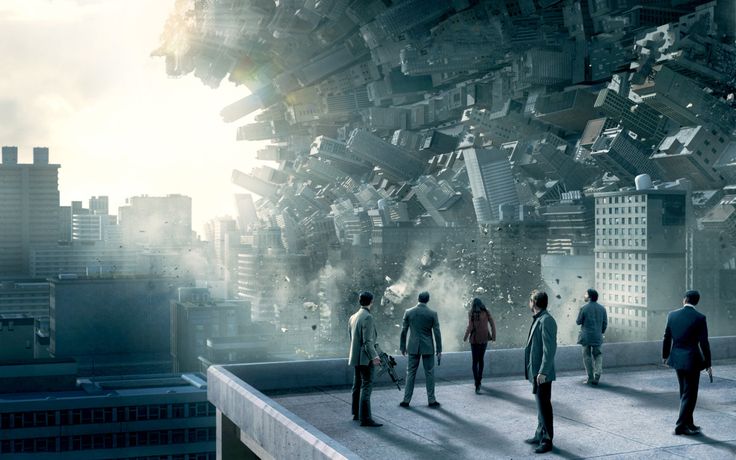
“Yeah, just get rid of the guns and we’re good, boys”
Before proceeding any further, I will give credit where it’s due and admit that DOCTOR STRANGE is the most thrilling visual accomplishment in Marvel’s dense catalogue so far. But then again, shouldn’t I be saying that about every new Marvel film? Action sequences transcend the demi-God punching bags of THE AVENGERS and CAPTAIN AMERICA: CIVIL WAR, and thanks to a committed VFX team, DOCTOR STRANGE’s cascading arenas transform New York, London, and Hong Kong into gorgeous, spiraling mirror worlds. The fun of it all is that it doesn’t really need to make sense, because our very understanding of physics and the laws of nature are obfuscated through the conceit of the action.
One standout scene involves Cumberbatch being shown the multi-verse for the first time by The Ancient One, played by Tilda Swinton. Aesthetically, this is pristine filmmaking, the type of sequence that makes me wonder exactly how any of this was storyboarded or sent through a pre-viz process. It hearkens back to the greatest strengths of Darren Aronofsky’s visual feats, and helps reconcile at least a portion of your movie ticket cost. The second highlight occurs in the film’s climax, in which an intricate battle scene takes place while a destroyed Hong Kong slowly rebuilds itself in reverse. It’s interaction with time and space it so unique that each inventive set piece feels fresh to what is an otherwise stale genre.
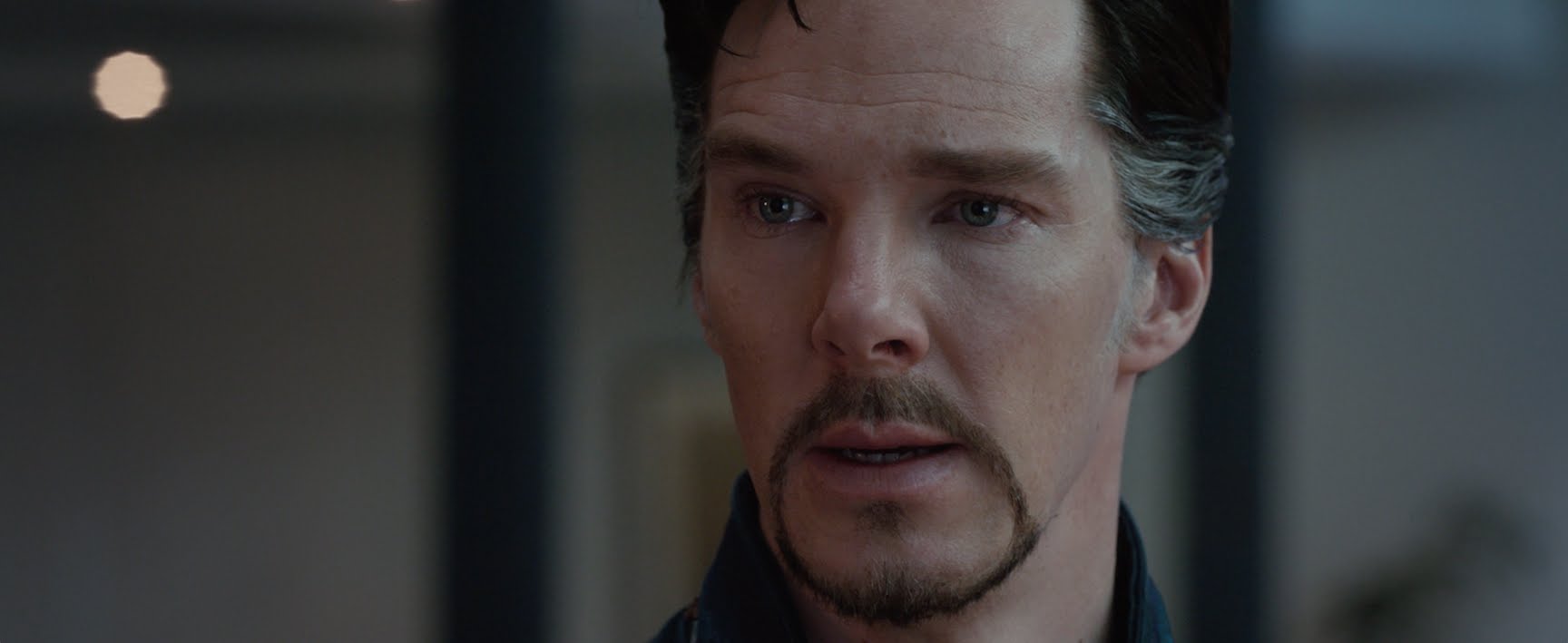
“But isn’t my goatee a nice aesthetic flourish?”
But the core issue with DOCTOR STRANGE is also what makes these two scenes so good. Upon further inspection, you realize that these sequences are nothing but spectacle. They don’t actually service the narrative or the characters, which means that all of these phenomenal aesthetic touches are wasted on eye candy. I understand that pulp is part of the game when you’re making a superhero blockbuster, but DOCTOR STRANGE fails to be as inventive with all the scenes that predate and follow its spectacle.
You see, on paper, DOCTOR STRANGE is actually quite good. Benedict Cumberbatch is a tragic hero whose arrogance is his greatest weakness. His shared traits with Mads Mikkelsen’s villainous – but never unreasonable – Kaecilius allow for the film to cast a mirror (pun intended) on its hero. We understand why Mikkelsen wants to live forever in the dark realm, because his intentions are only a slight deviation from Cumberbatch’s arrogant desire to only operate on people whose success stories will further the history of medicine. The hardest part about an action film is creating an antagonist that elegantly plays into the weaknesses and strengths of our hero, and DOCTOR STRANGE passes with flying colors.
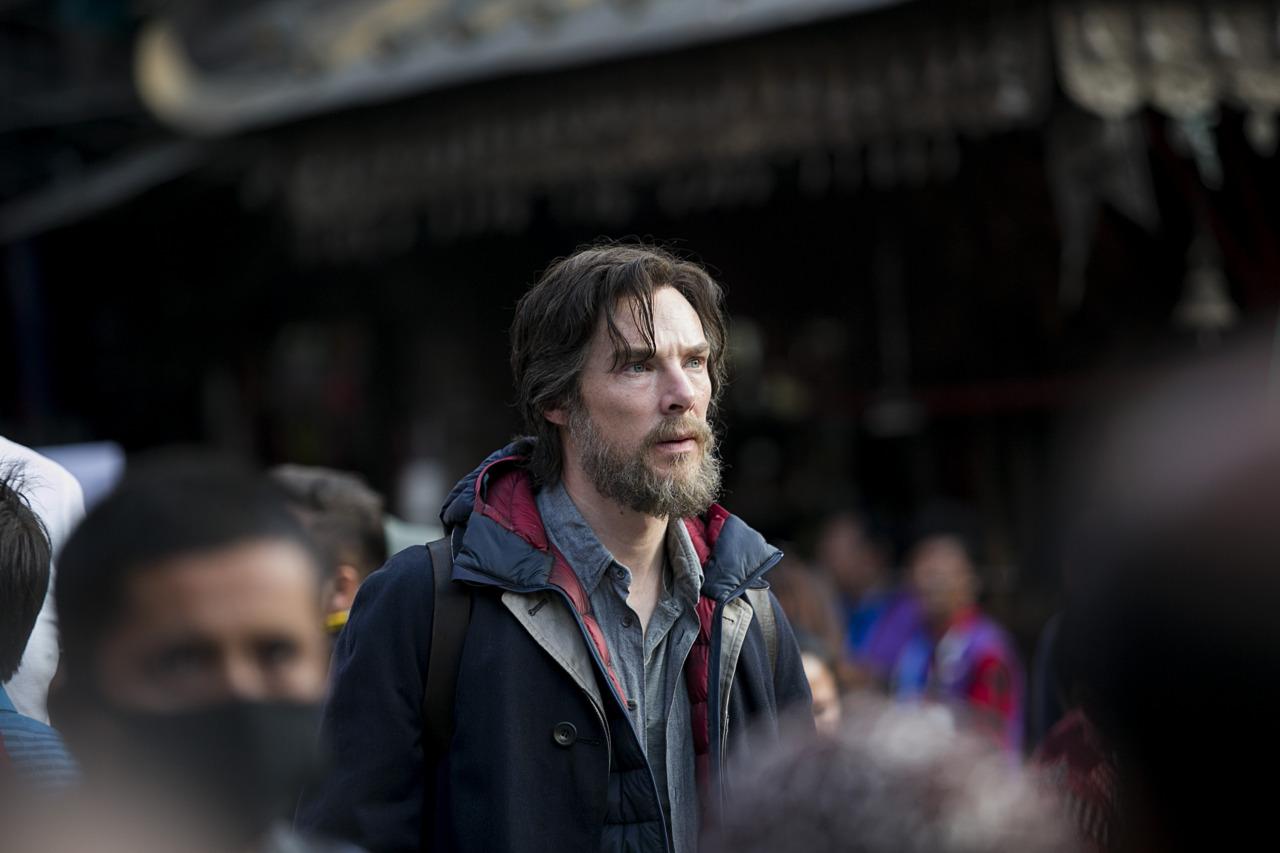
Quite possibly the worst beard in cinematic history
Narratively, DOCTOR STRANGE also has a couple of fun tricks up its sleeve. The climax is resolved with brains, not brawn, a welcome change to what is usually a lot of tough dudes beating each other up. But sadly, I can’t say the same thing for the rest of the film. As an origin story, it goes through the motions like it’s following a template, and that’s what really bogs it down.
I could also go on about the shameful lack of diversity in casting here. While the film tries to excuse Tilda Swinton’s casting by claiming that she’s a centuries-old Celtic woman, it seems odd to me that she even accepted the role in the first place. Swinton is a phenomenal performer whose left completely underutilized here, much like Mikkelsen (who at least has somewhat of a conflict-driven prerogative). Casting a few more Asian actors would really not have been hard. Hell, wouldn’t it have been cool if our titular hero were Asian as well? Eh, one can dream.
Tame the Strange
Director Scott Derrickson, who had previously directed SINISTER and the 2008 remake of THE DAY THE EARTH STOOD STILL, does little with his camera to tell his story. While DOCTOR STRANGE is a visually ambitious action film, it is patently lazy during its expository dialogue scenes. This is especially apparent in the film’s first act. Cumberbatch does all of the heavy lifting here, delivering line after line regarding his frustrations while starting fights with Rachel McAdams so that he has a love interest to win back later down the line.
I will commend Derrickson for delivering an origin story that manages to keep itself under 120 minutes. In addition to being quite short for a Marvel property, DOCTOR STRANGE also is a little less shameless about its in-film ad space. We get brief glimpses at an infinity stone and references for what’s to come in future Marvel installments, but nothing is ever quite as intrusive as CAPTAIN AMERICA: CIVIL WAR’s ludicrous detour to enlist Spiderman, the web slinging superhero, and the pointless airport battle sequence. But the fact that DOCTOR STRANGE has no choice but to exist as a piece of a monolithic series is what really frustrates me.
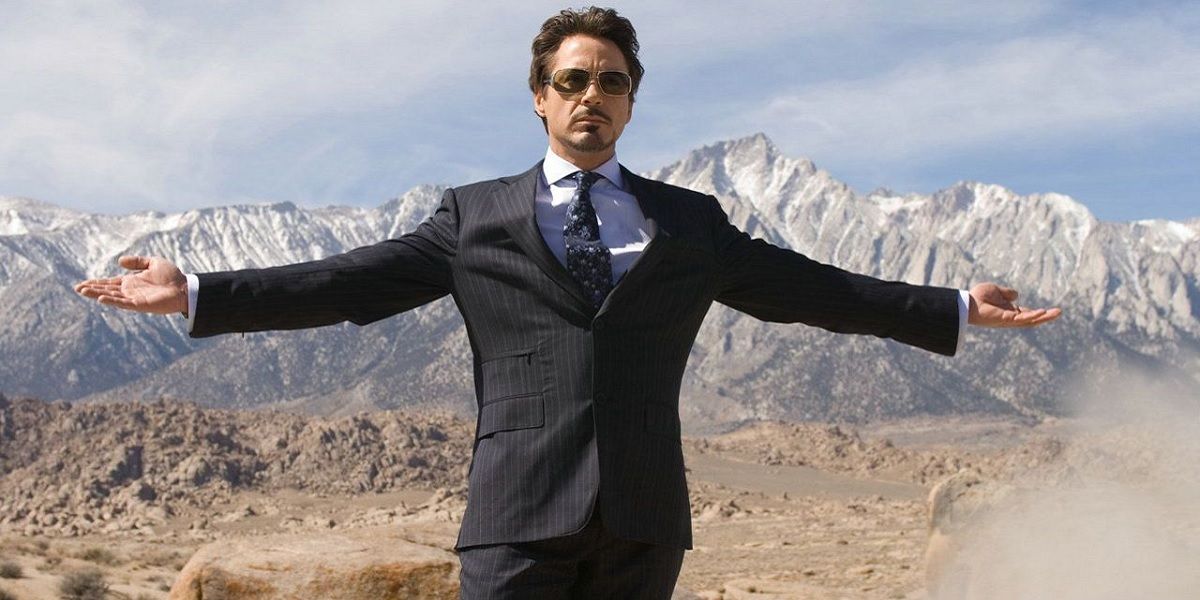
I’m pretty sure it’s all for this man’s amusement
This integration in canon becomes most apparent with the film’s conclusion. Where most Marvel films culminate in an explosive ending that will have repercussions in the extended universe, DOCTOR STRANGE willfully plays with time and space so that nothing ever happened. Granted, it is central to DOCTOR STRANGE’s premise that he solves problems within a dimension that doesn’t affect regular human beings, but it also makes for a film that feels blatantly inconsequential.
This is sure to put viewers in somewhat of a bind. A Marvel fan will certainly be frustrated with this film since it does nothing but inform us about the powers of the titular hero. Someone like me can appreciate it for being a little more singular, a film that can be viewed independently of Marvel’s catalogue since it doesn’t require the existence of any other hero, both for its incitement and its conclusion. You see, DOCTOR STRANGE opens with Marvel Studios regular animation, but it’s been updated to be a flashier visual piece featuring brief snippets of all our favorite heroes. At this point, it’s practically impossible to separate a single film from the greater canon. All I’m gonna say is that our kids are gonna hate needing to catch up on what they missed a few years from now.
“…Cool.”
Dissecting DOCTOR STRANGE the same way I would another film appears pointless. With each Marvel entry it becomes all the more apparent that directors have little formal control over these properties. This is a studio that knows what it wants and delivers it with shocking consistency. It’s been years since a truly bad Marvel film has been made, and it’s only a matter of time until we start seeing Blu-ray box sets for Phase One, Phase Two, and so on. As such, I can’t distinguish these films anymore. They all blur together as a greater package. For a comic diehard, this is awesome, but for somebody searching for the next THE DARK KNIGHT, this proves that superhero films are losing their emotional profundity.
The fact of the matter remains that in terms of bombast, Marvel tries to one-up themselves with each installment. But that’s to be expected with a studio that prides itself on high-octane thrills. What they have yet to accomplish is dramatically challenge me as a viewer. I have yet to cry during a Marvel film, and never get goosebumps the way I do when watching EMPIRE STRIKES BACK or THE PRISONER OF AZKABAN. Authorship is dead among Marvel films, with each installment integrating the same sense of humor, tone, and spectacle as the last. Find me a doctor, because this universe is in desperate need of defibrillation.
Verdict: Do Not Recommend

